JP Morgan Chase Bank warns of potential charges for previously free services. Marianne Lake, Chase executive, cites new banking regulations as the cause.
Chase serves over 66 million U.S. households. Will other banks follow suit in this seismic shift?
Overdraft Caps: Who Really Pays the Price?
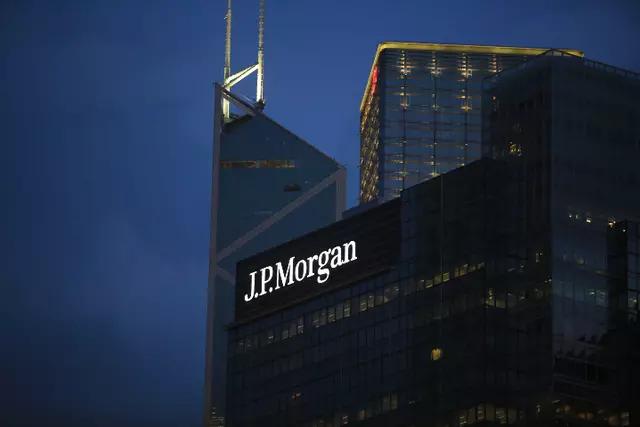
New regulations aim to cap overdraft fees at $3. Banks collected $8.8 billion in overdraft fees in 2022.
Chase claims these changes will impact low-income customers most. Can banks survive without these lucrative fees?
Credit Card Late Fees: $8 Cap or Bust?
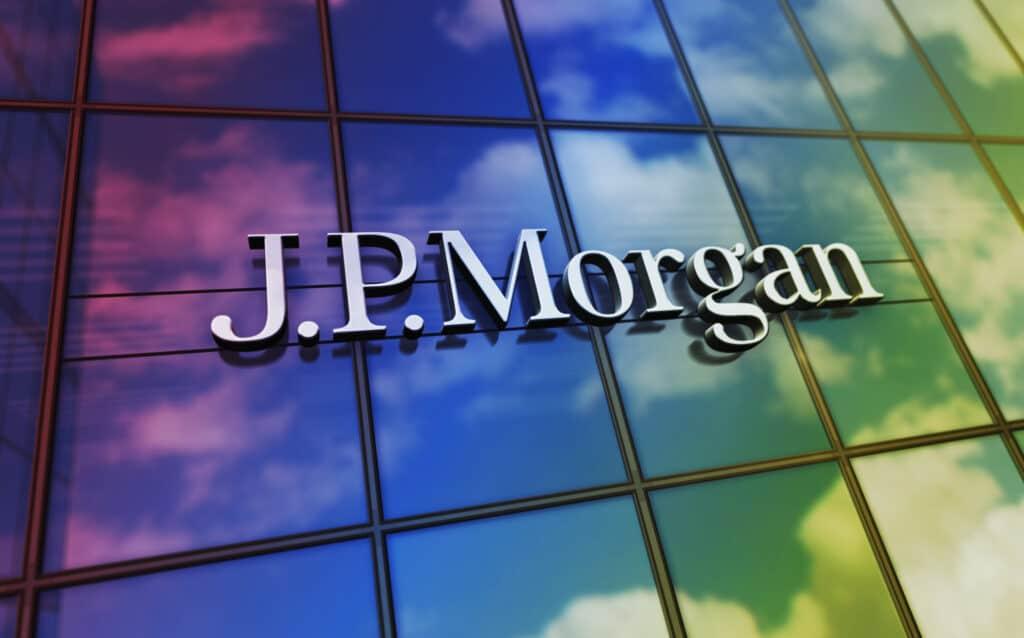
CFPB proposes to limit credit card late fees to $8. Current average late fee stands at $30.
Chase plans to increase interest rates in response. Will this move backfire on consumers?
Banking History: Deja Vu or New Territory?
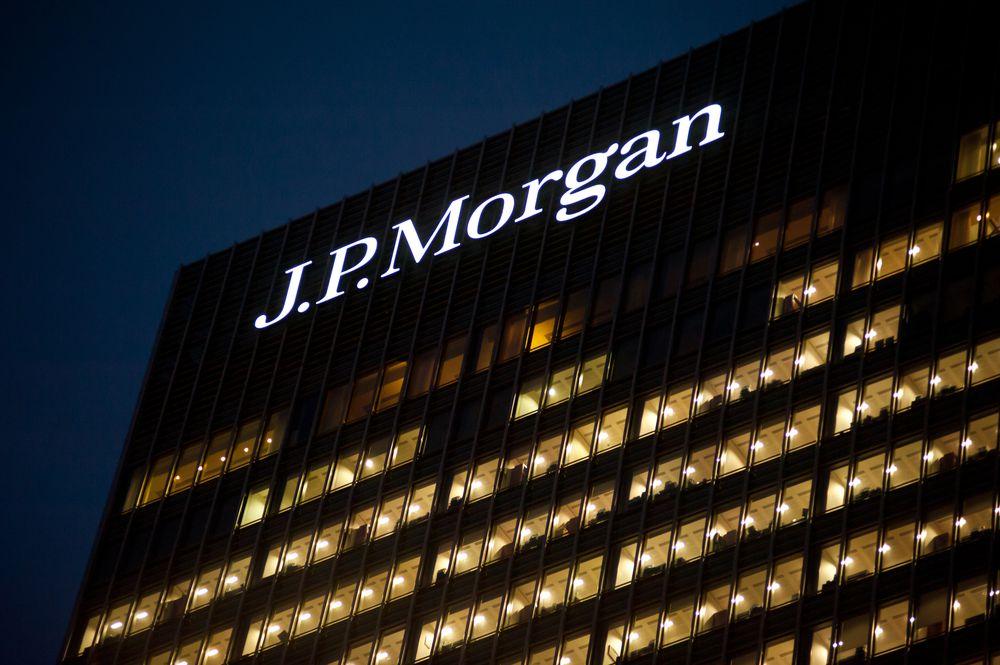
Banks threatened similar charges after the 2010 financial crisis. Customer backlash forced banks to backtrack then.
U.S. banks reported $279.1 billion in profits in 2022. Are we witnessing a genuine financial necessity or clever PR?
Consumer Protection: Blessing or Curse for Customers?

CFPB aims to protect consumers with new regulations. These rules could save Americans billions annually.
Banks argue it will limit access to credit. Who’s really looking out for the average Joe?
Texas Lawsuits: Banks’ Last Stand Against Regulation?
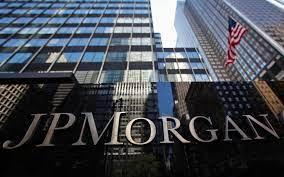
Banks launch appeals and lawsuits, primarily in Texas. The state heard 27% of all challenges to Biden administration regulations in 2022.
Banking industry spent $114 million on lobbying in 2022. Can David defeat Goliath in this legal battle?
Free Services: Soon to Be a Luxury?
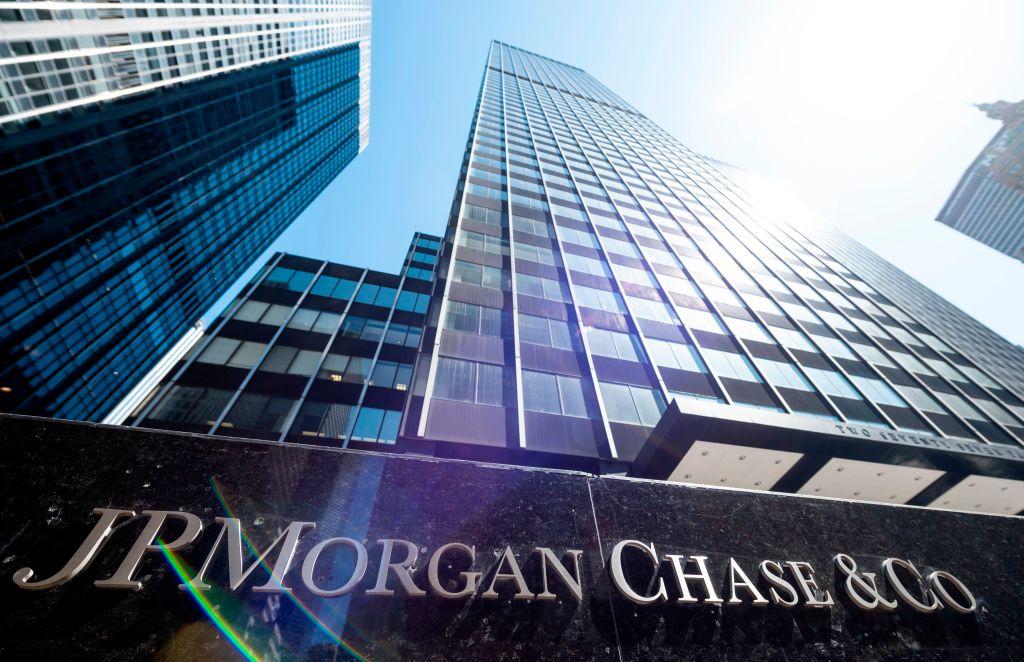
Chase may start charging for checking accounts and financial planning tools. 84% of Americans currently have free checking accounts.
These services cost banks billions annually. Will customers pay or walk away?
Credit Approval: Tightening the Purse Strings?
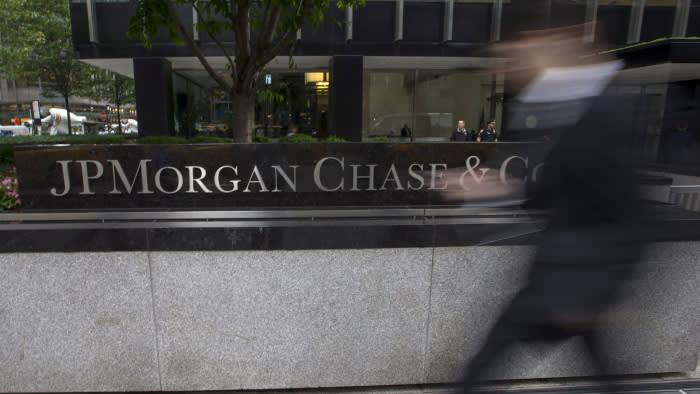
Chase plans stricter approval processes for credit cards. The average American has 3.8 credit cards.
U.S. credit card debt hit a record $930 billion in 2022. Could this lead to a credit crunch?
Banking Profits: Necessity or Greed?
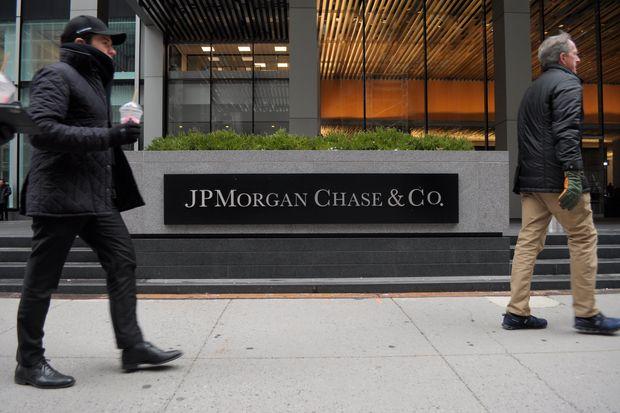
Dennis Kelleher argues banks are simply protecting profits. The banking industry’s return on equity was 11.7% in 2022.
Chase’s net income was $37.7 billion in the same year. Are these changes truly unavoidable?
Future of Banking: What’s in Your Wallet?
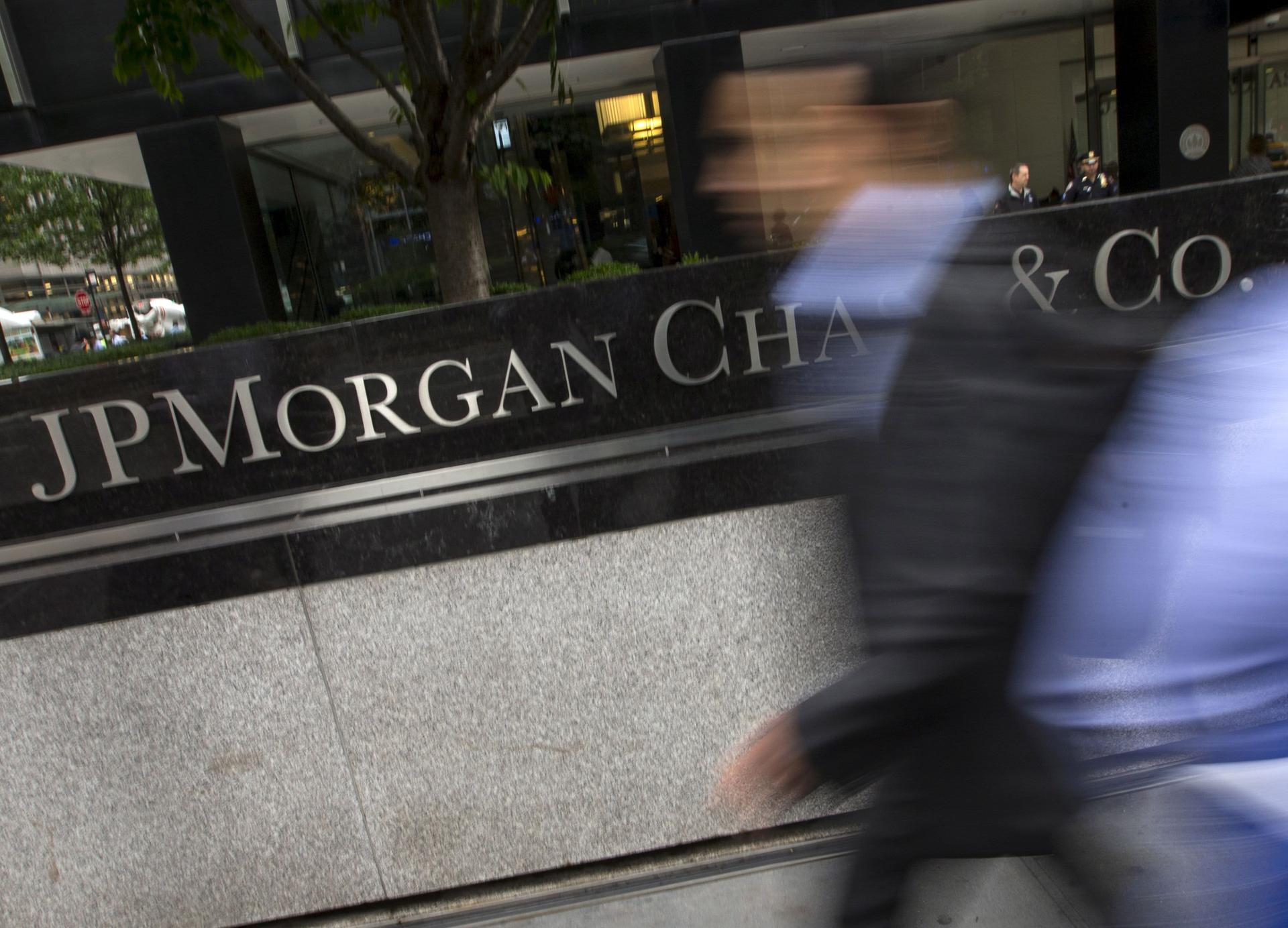
The banking landscape is poised for significant changes. 76% of Americans use mobile banking apps.
Fintech companies are rapidly gaining market share. Will traditional banks adapt or become obsolete?
Free Checking: The Demise of No-Cost Accounts
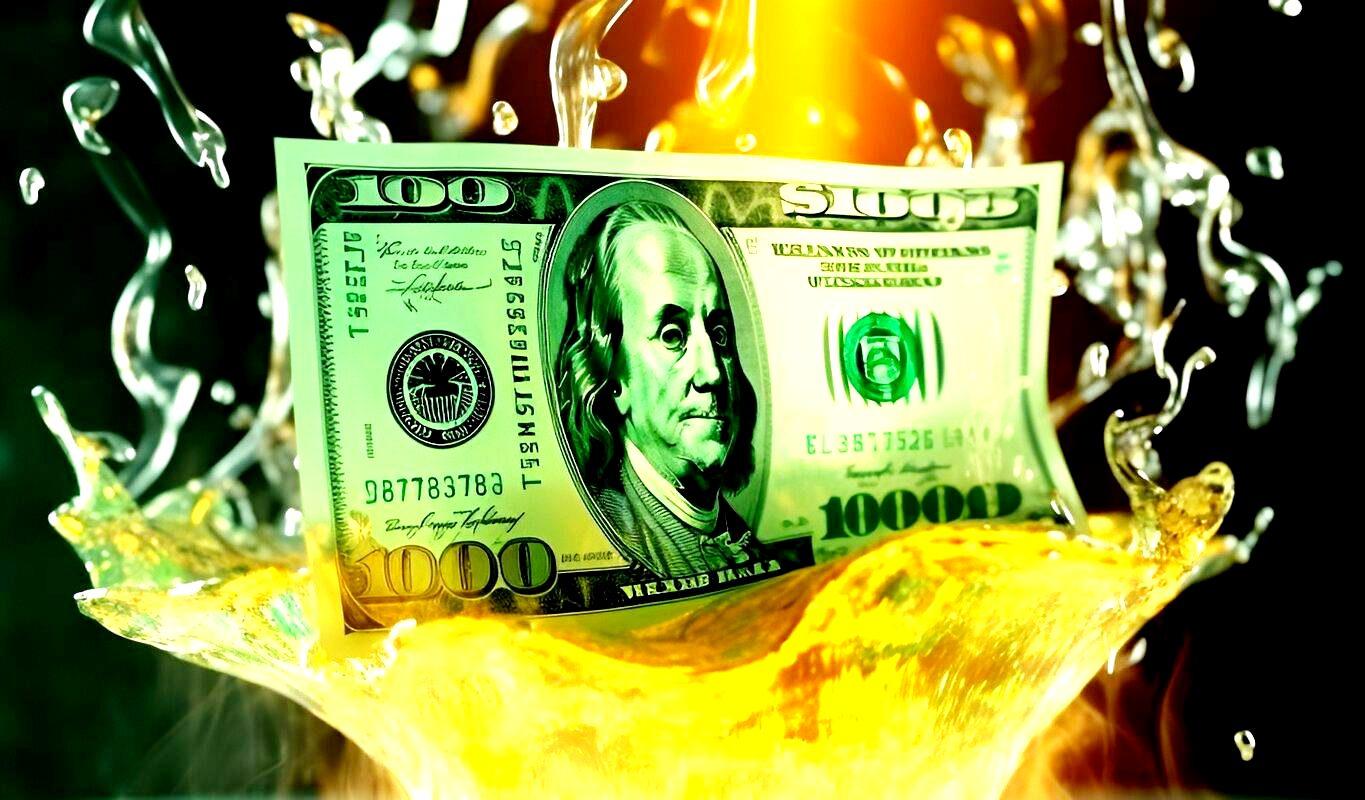
Banks once widely offered free checking accounts. The 2008 financial crisis prompted banks to introduce fees.
In 2009, 76% of banks offered free checking; by 2020, only 47% did. The average monthly maintenance fee for checking accounts rose to $13.95 in 2020.
ATM Withdrawals: The Rise of Out-of-Network Fees
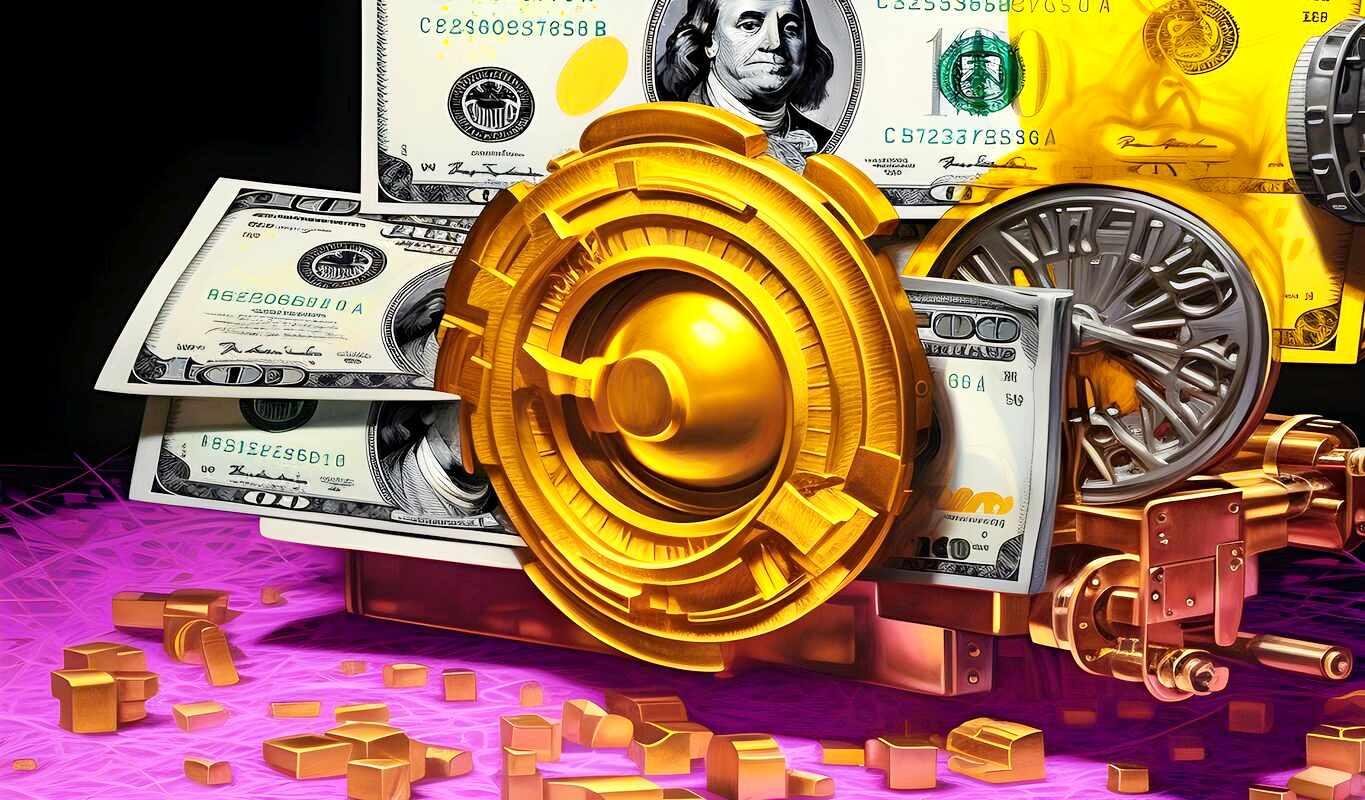
Banks used to reimburse all ATM fees. Now, out-of-network ATM fees average $4.64 per transaction.
In 1998, only 89% of banks charged these fees; by 2019, 99% did. Americans paid $32.5 billion in ATM fees in 2020 alone.
Paper Statements: The Shift to Digital Billing
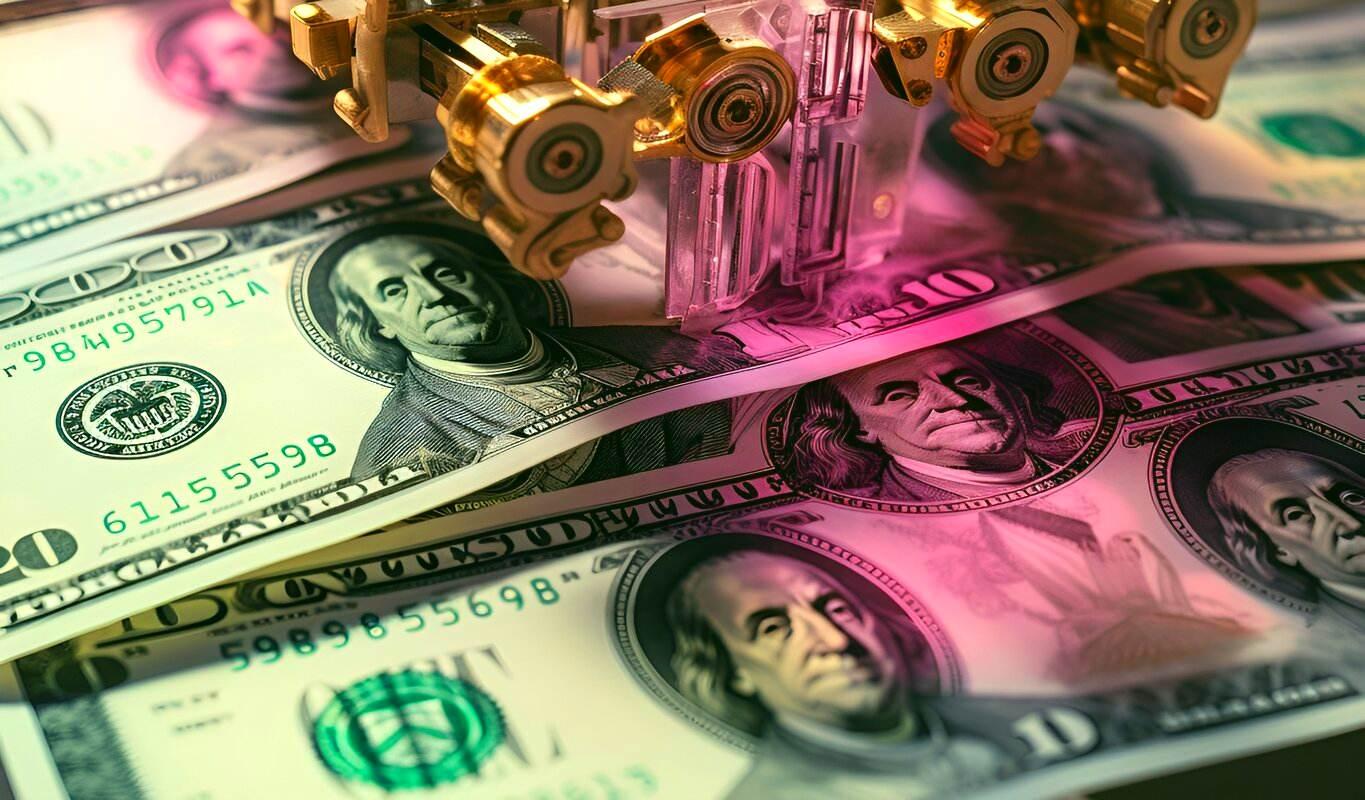
Monthly paper statements were once standard and free. Banks now charge for paper statements to encourage digital adoption.
Fees range from $1 to $5 per statement. In 2019, 44% of banks charged for paper statements, up from 29% in 2014.
Teller Transactions: The Cost of Human Interaction
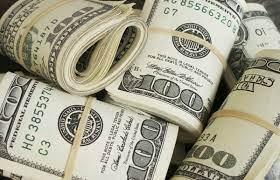
In-person transactions with tellers were traditionally free. Some banks now charge for excessive teller visits.
Fees can range from $2 to $5 per transaction over a set limit. In 2020, 17% of banks charged for teller-assisted transactions.
Savings Account Minimum Balances: Fees for Low Funds
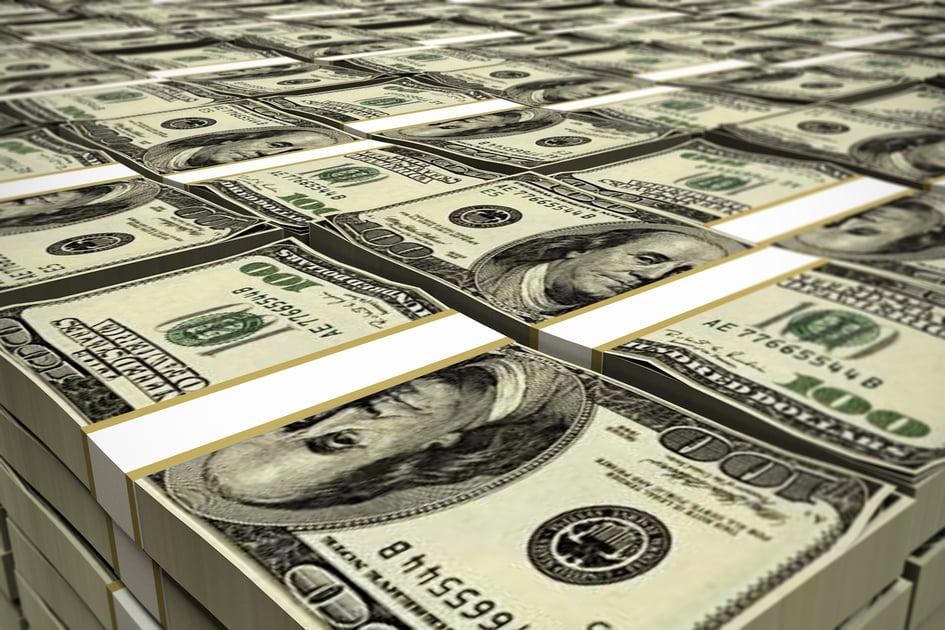
Savings accounts once had no minimum balance requirements. Now, many banks charge if balances fall below a threshold.
The average minimum balance to avoid fees is $487. In 2020, 72% of banks charged monthly maintenance fees on savings accounts.

